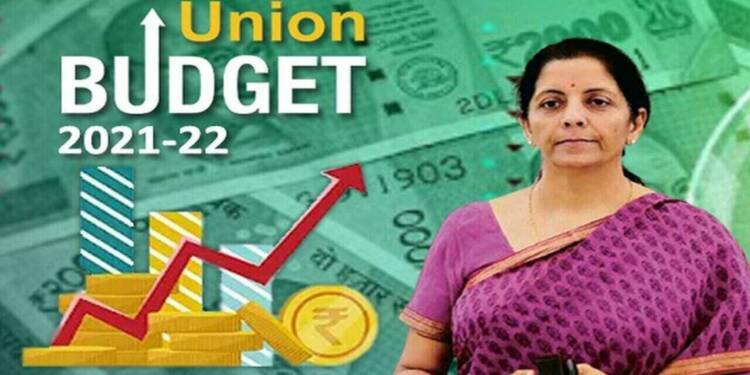In the upcoming few months, the states of Tamil Nadu, Kerala, West Bengal, and Assam are set to undergo assembly elections. BJP has a government in Assam while in West Bengal it is hopeful for victory given the massive surge in the popularity of the party in the last few years. In Tamil Nadu and Kerala, the party remains a distant player but increased its vote share to double-digit in Kerala during the last assembly election and in Tamil Nadu, it is negotiating a hard bargain with its newest ally AIADMK. Finance Minister Nirmala Sitharaman in her budget speech announced massive infrastructure allocation for the poll-bound states which will help the saffron party in the upcoming election.
The Finance Minister announced the following projects in the poll-bound states in her budget speech:
a. 3,500 km of National Highway works in Tamil Nadu at an investment of `1.03 lakh crores. These include Madurai-Kollam corridor and Chittoor-Thatchur corridor. Construction will start next year.
b. 1,100 km of National Highway works in Kerala at an investment of `65,000 crores including 600 km section of Mumbai-Kanyakumari corridor in Kerala.
c. 675 km of highway works in the state of West Bengal at a cost of`25,000 crores including upgradation of the existing Kolkata –Siliguri road.
d. National Highway works of around 19,000 crores are currently in progress in the State of Assam. Further works of more than 34,000 crores were proposed in the budget.
The infrastructure in India has been very poor for decades. The previous Congress governments ignored the issue of connectivity in the country. Vajpayee government was the first to seriously focus on the subject of road construction to enhance the condition and number of the roads in the country and to build world-class highways.
Infrastructure is vital for the development of any country because it has a very high effect on economic growth and job creation. Its development slowed down in the second term of the UPA government because its priorities were different. However, since the Modi government came to power, road construction and infrastructural development in India picked up once again.
The Modi government built 39,330 km of national highways in the first five years since 2014-15, which is 60 per cent more against the 24,589 km achieved by the Manmohan Singh government in five years till 2013-14. The Modi government constructed 10,800 Km of national highways in 2018-19, which is 30 km a day on an average. The construction of highways in India is done mainly by two agencies- National Highway Authority of India (NHAI) and the Ministry of Road Transport and Highways.
Even in the second term, the government’s main focus is infrastructure – be it road, railway, shipping infrastructure, gas pipeline, or digital infrastructure. In the budget, the Finance Minister also announced the creation of a Development Finance Institution because most of the infrastructure projects were constrained primarily due to lack of long-term funds and this will definitely solve the problem.
The Modi government made significant investments in public transport, highway construction, railways, waterways and air connectivity. The large public investment in infrastructure was supported by the oil bonanza which the government got in its initial years due to a slump in crude prices. The investment in the road construction sector by the UPA government was very low because various welfare programs like MGNREGA had constrained them from financing infrastructure building.
The latest proposals in the 2021 Union Budget are a major boost to the country’s infrastructure and at the same time, the upcoming assembly elections in Bengal, Assam, Kerala and Tamil Nadu are definitely going to be swayed by the recent budget proposals.































